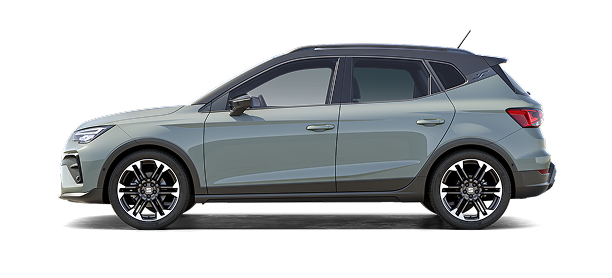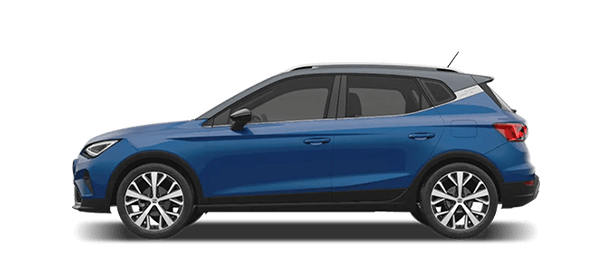They cover 240 kilometers a day and share the streets with pedestrians, lorries, bicycles and cars. They control the traffic lights, communicate with their surroundings... but when you see them you won’t see anyone driving them. These autonomous vehicles are called AGV (automated guided vehicles) and drive around outside the workshops of the SEAT plant in Martorell.
8 autonomous robots can transport more than 2,000 parts per day outside the SEAT workshops.
Robots on wheels. People usually associate a robot with a humanoid machine that is able to perform a number of functions, but in reality a robot is any programmable machine capable of performing operations autonomously. This is the case with AGV: these autonomous vehicles were already operating inside the workshops and now they go out on the streets outside the factory. The latest technologies in SLAM navigation recognition (simultaneous localisation and mapping), 4G connection and induction electric battery charging are the brains of this unique project in Europe.
No guidance systems or cables. A total of eight robots are on the road at the SEAT Martorell factory. Each convoy can carry 10 tonnes and together they transport up to 2,000 parts per day. All without magnetic guidance or cables. How do they work? The AGV are programmed to read their surroundings. In order to know which route to follow, first they are guided, and by means of an integrated camera, they memorise it. Then all they have to do is repeat it: they leave the base, see a two-storey building on their left, then an intersection, there they turn right... one reference point after another until they reach their destination. “If at any time it loses that reference, because something crosses its path that blocks the map it has memorised, the robot will stop until the reference point becomes visible again”, explains Victor Palacios, a logistics engineer at SEAT and the head of the project.
The autonomous robots communicate with their surroundings and regulate traffic.
Connected to their surroundings. In addition to scanning and interpreting everything around them, they are able to communicate with their surroundings thanks to 4G technology. They can also “talk” to each other. “There are eight of them and they’re not all on the move at the same time. When one of them leaves the loading area, it notifies the next one, which is in the waiting area, to take its place. If two of them cross paths, they also communicate with each other to reduce their speed”, adds Victor. They even regulate the traffic in their path. They have the right of way, so when they reach an intersection, they change the traffic lights to amber so they can continue on their way.
360º safety. Driving safety is further enhanced by the safety aspects of the robot itself. Sensors located at the top and at ground level make it stop if it detects any object in its path. “The robots travel at a speed of 1 metre per second, so they are able to come to a complete halt in front of any object or person within a radius of one and a half metres”, says Victor.
Safe, efficient and sustainable. This system makes delivery more efficient from an environmental point of view. They are electric and get charged by induction, without the need for cables. Their battery is fully charged in 15 minutes while they are stopped to load parts onto them; clean energy that allows a reduction of 1.5 tons of CO2 per year. “In recent years SEAT has been incorporating pioneering innovations in the area of logistics and this is yet another example of our commitment to becoming a benchmark of Industry 4.0. Using AGV enables us to optimise production and logistics processes in an efficient, sustainable and connected way”, says SEAT Vice-president for Production and Logistics Dr. Christian Vollmer.
















